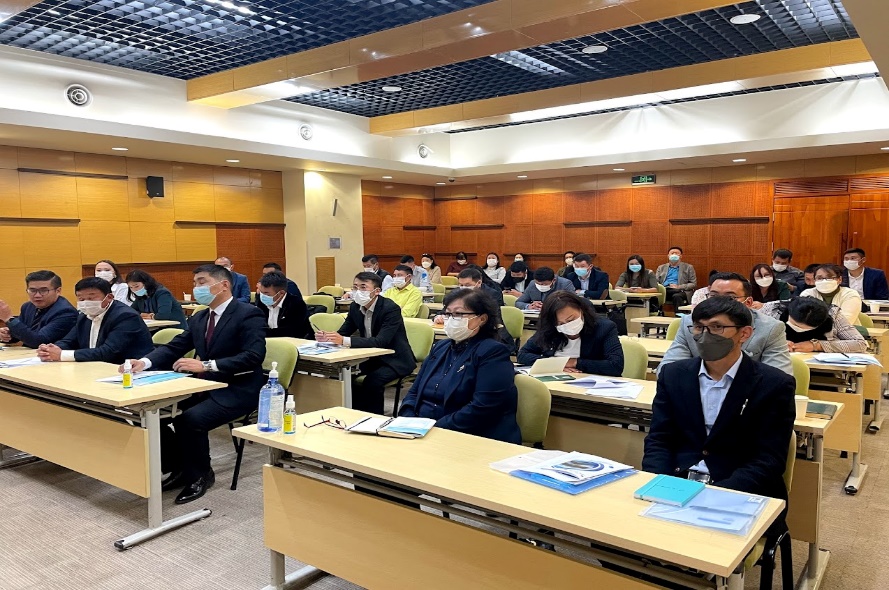News & Events
G3P teaser lecture used in groundwater monitoring workshop in Mongolia
On 13-15 September, a training workshop on groundwater monitoring and data analysis for river basin organisations was held in Ulaanbaatar, Mongolia, and was organised by the Mongolian National Commission for UNESCO, the Mongolian National IHP Committee, the Water Authority of Mongolia, the UNESCO Chair on Sustainable Groundwater management in Mongolia and the National university Mongolia. This was a hybrid workshop, with most participants being present at the capital’s Fresh Water Resources and Nature Conservation Center and the remaining participants as well as the foreign presenters joining them virtually. One of those presenters was Claudia Ruz Vargas, who is engaged in G3P work package 4 and leading work package 5. She gave a presentation about the use of remote sensing in assessing the change of groundwater resources, based on G3P’s recently developed teaser lecture.
Remote sensing to assess change of groundwater resources
After firstly stating that spatially quantification of groundwater storage changes with satellite technologies may contribute to fill the global groundwater monitoring gap, Ruz Vargas explained the global gravity-based groundwater product (G3P) approach. She explained how the GRACE and GRACE Follow On satellites are used to estimate terrestrial total water storage change. The recorded data consists of changing distances due to surface mass-gravity variations caused by water movements. These repeated distance observations are turned into mass-gravity anomalies, allowing the estimation of total water storage variations.
Then she continued to explain how you can use this total water storage to calculate storage variation for the global groundwater resources, namely by deducting global glacier mass-change product, snow water storage equivalent, surface and rootzone soil moisture and storage variations in surface water bodies from the total water storage. Ruz Vargas consequently explained in more details how to estimate each of this water compartments. Finally, she focused on G3P’s limitations and also the validation. More precisely, the Evaluation of global gravity-based groundwater storage data against in-situ observations.
The objectives of the training workshop were to train experts and staff of River basin organizations of Mongolia in proper groundwater data collection, processing and management; and to further develop their analytical and mapping capacities for assessing the current state and forecasting trends in groundwater, among others. The participants were very enthusiastic about G3P and expressed their interest in using it in their work.
In Mongolia, 80% of the total water supply is provided by groundwater, and due to economic and population growth, the groundwater consumption has been increasing and the groundwater reserves, decreasing. Sustainable groundwater management is becoming more and more important, and therefore, it is very crucial to have sufficient tools to tackle this issue. G3P data can support the national groundwater monitoring programme to provide the right information for an appropriate management of the resources.

